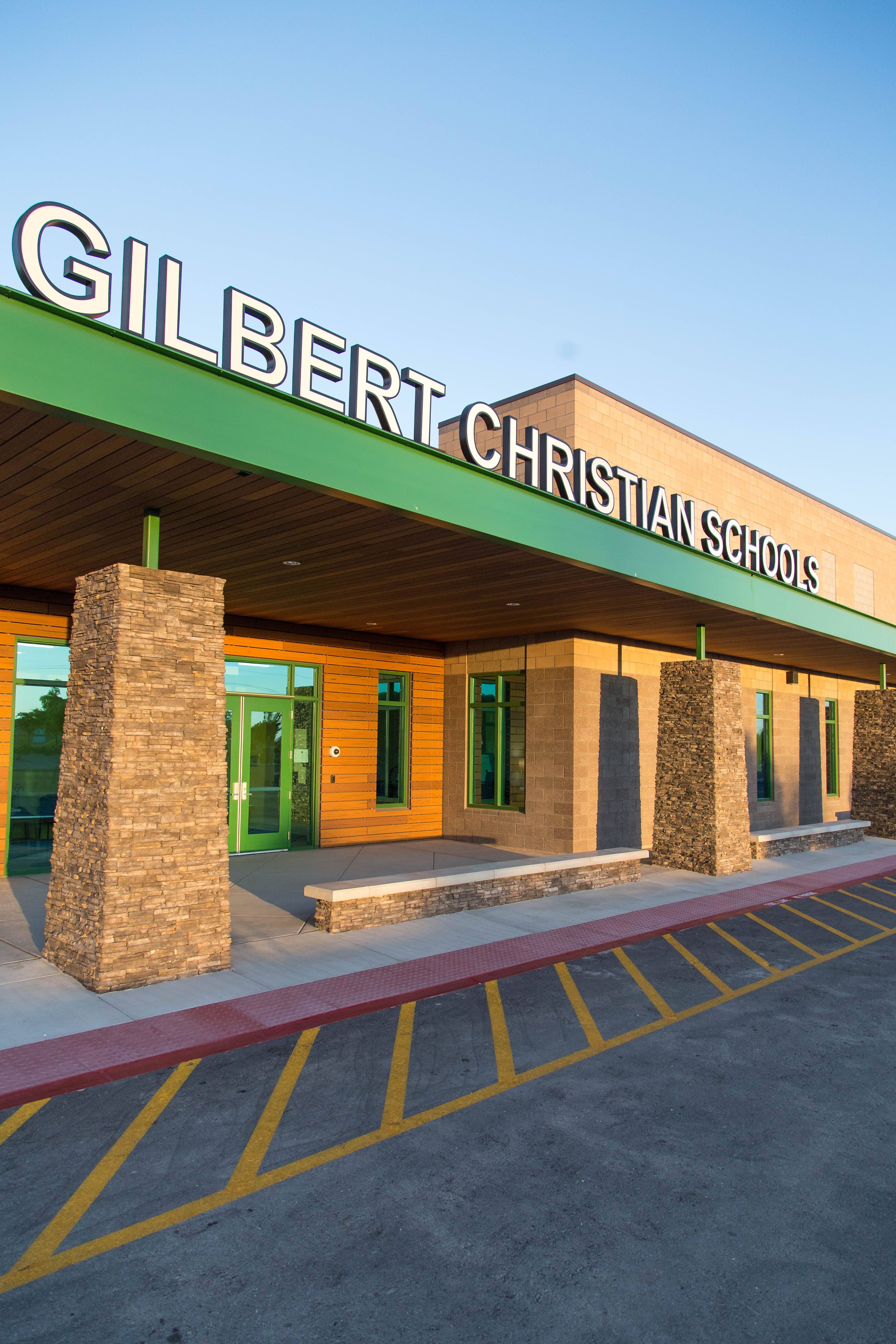Gilbert Christian Schools in Gilbert, Ariz., operates three private school campuses for students ranging in age from pre-kindergarten through high school. The district, which consists of the PK-8 Agritopia campus, PK-8 Greenfield campus and a high school campus, is home to more than 1,000 students and nearly 200 staff members.
About two years ago, just prior to constructing its Greenfield campus that opened last fall, Gilbert officials sought to bolster their access control system districtwide and began soliciting bids for a solution that could not only streamline security across the campuses but also provide a more modern level of convenience.
According to Barry Klontz who is the IT manager for Gilbert Christian Schools, the district’s Agritopia and high school campuses were already in operation for a number of years, and many of their existing systems had begun to reach the end of their lifecycle.
Ultimately, school officials opted to adopt a facial recognition solution they hoped would both improve security and reduce their reliance on physical credentials alone. However, they soon realized that the biometric system by itself would not satisfy their security needs.
“We give out keys all the time and instead of re-keying the buildings, we thought the easiest way to keep things secure was to give out keys that we had some kind of way to manage digitally so we contracted out for a security system,” Klontz says. “We looked at both facial recognition and fingerprint solutions before settling on facial recognition, but it just didn’t serve every purpose that we wanted it to, such as providing us with the capability of setting up alarms for a lockdown.”
District Searches for an All-in-one Solution
Looking for someone who could provide them with the backend infrastructure necessary to run their state-of-the-art system as well as some of the more advanced features they desired, the district turned to local systems integrator 365 Technologies, which recommended the Vanderbilt SMS access control platform.
“They were looking for a wow factor and that’s why they went with the facial recognition system, but unfortunately, the company that sold the system to them sold them just the facial recognition part and not the engine behind it, which is the access control system,” says Freddie Haber, 365 Technologies’ president.
Though SMS was initially integrated with the facial recognition solution at the Greenfield campus, Haber says the school recently decided to do away with the biometric aspect of the system after realizing that Vanderbilt was meeting all of their access needs.
The SMS platform has subsequently been deployed at the Agritopia and high school campuses as well, enabling the district to streamline its security operations, such as being able to initiate a district-wide lockdown in an instant.
Haber says that both “soft” and “hard” buttons have been installed throughout all three schools, which give staff the ability to put the district into lockdown and alert administrators of potential security threats.
On the Greenfield campus, 365 Technologies also integrated a panic alarm with SMS that provides every teacher with a serial numbered button that can give school officials immediate information about who initiated the alert and where an event is taking place in the facility.
“The other schools have a wireless button and, if you hit it, the school goes into lockdown, but you really don’t know where that lockdown came from,” Haber explains. “At the new school, if teacher John Doe in room 120, for argument’s sake, hits this button, then it will tell us that person so we know where the threat is.”
Centralized Management Enables Flexibility
According to Klontz, who is responsible for managing the system on a day-to-day basis, having a centralized management system has given them the ability to set up varying access privileges for different individuals based on time-based restrictions and other variables, which is something they couldn’t do previously.
“On the high school campus, we’ve given out staff ID badges for pretty much anyone who needs access — everyone from hired staff to coaches who come in on a volunteer basis, and we have different time zones (of access) for all of those different types of people,” Klontz says.
And while the schools don’t provide credentials to students, they do issue four-digit PIN numbers to the parents of children enrolled at the older Agritopia Campus, thereby providing an additional layer of security that people demand in K-12 environments today.
“The other system we used had a lot fewer capabilities and was really lacking with regards to the types of features available,” Klontz says. “When it came to adding more than five time zones or setups, it didn’t give us that type of option. Now, if someone doesn’t turn in their key when they leave, it is easy to deactivate them in the system, and we have the added capability of locking the campus down better.”
Although the facial recognition aspect of the project didn’t work as planned, Haber says they are looking into the possibility of leveraging another biometric system, such as fingerprint, retina or iris scan, with Vanderbilt on the back end in order to provide that “wow” factor for the district moving forward.
“We are trying to find the right solution that fits where the parents don’t have to have a credential and also ensure that mom or dad can’t share a PIN number or something like that,” he says. “It didn’t work out with facial recognition, so we’re trying to get them a better solution.”
New Systems Passes the Test
Aside from ripping and replacing some of the hardware at the two older campuses and getting the new system up and running, both Klontz and Haber say the technical challenges on the project have been minimal.
“Pretty much everyone has loved it,” Klontz says. “We’re always getting feedback from folks saying, ‘Hey, we want more doors added at the different campuses or more access points so we can control things even more.’ The Vanderbilt software runs everything very smoothly.”
This article was originally published November 2018.







